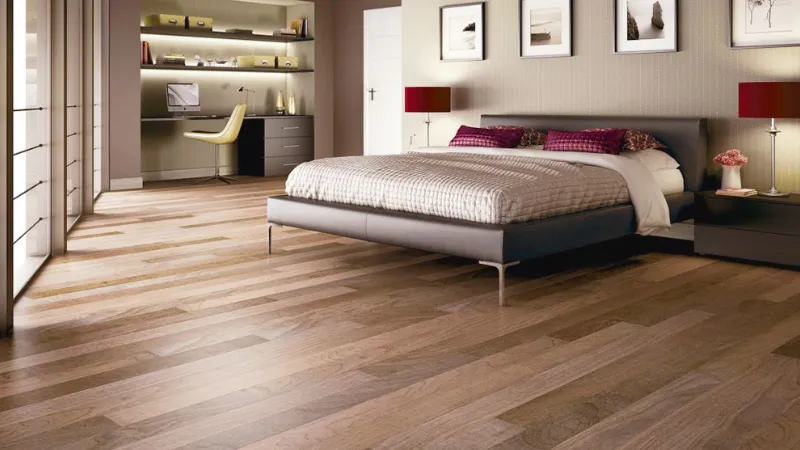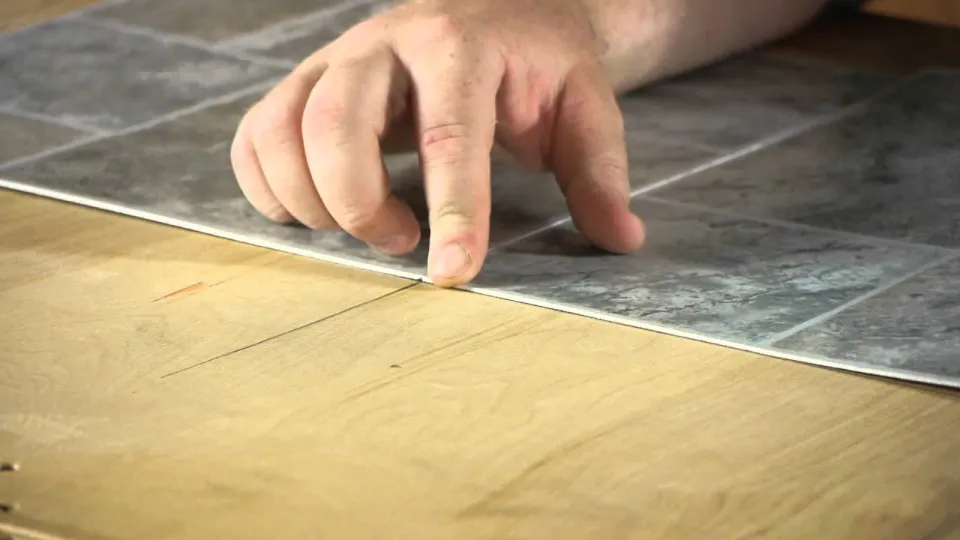The phrase “engineered hardwood” will probably appear. Compared to traditional solid hardwood, could engineered hardwood be a better choice for you? Below will show you the pros and cons of engineered hardwood flooring.
Pros: lower cost, stylish, environmentally conscious, adds value to your home, temperature and moisture resistant. Cons: limited resurfacing, high level of maintenance, potentially weak, fading, and low quality.
Continue reading to learn more.
What is Engineered Wood?
Engineered hardwood is made from 100% real wood. A thick solid wood veneer is placed on top of a plywood core. One of the most common types of wood flooring, it is visually indistinguishable from solid hardwood once it is installed.
Pros of Engineered Wood Flooring
Here are the pros of Engineered Wood Flooring:
Lower Cost
Compared to solid wood flooring, everything related to engineered wood flooring costs less, from materials to labor. It should be noted that this only applies to the same wood species. For instance, an engineered teak floor may be less expensive than a solid oak floor, but an engineered oak floor may cost less overall.
The final cost of your engineered wood flooring will depend on the species of wood veneer you choose, number of core layers, veneer thickness and the amount of coverage you require. Floors are typically priced at the following price points:
- Low-grade ($2 – $9):Three core layers, with a veneer thickness of 1/16 to 1/12 of an inch
- Mid-grade ($6 – $12):Five core layers, with a veneer thickness of 1/12 to 1/8 of an inch
- High-grade ($9 – $16):Seven core layers, with a veneer thickness of 1/6 of an inch or more
This range can be changed by additional elements like varnishing, staining, and installation labor costs.
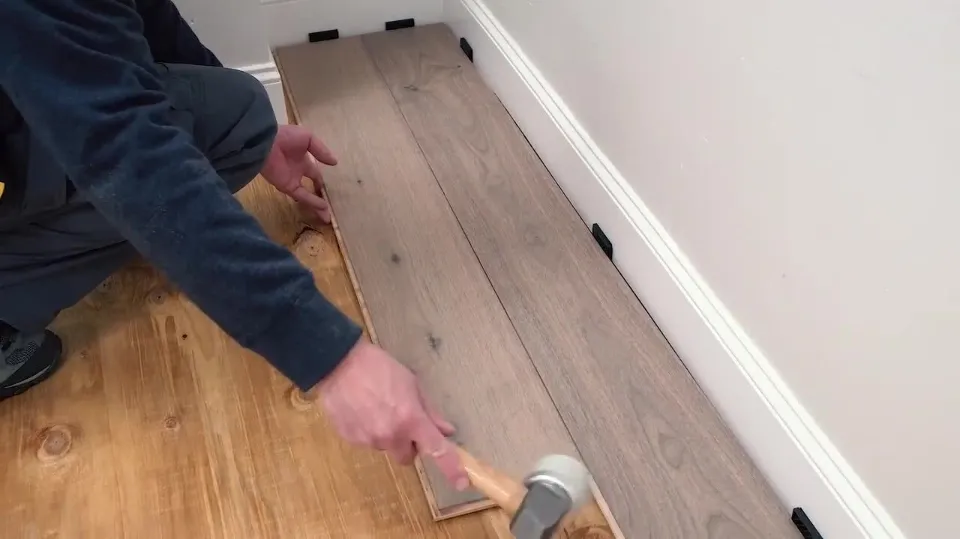
Stylish
Engineered hardwood has a surface appearance that is identical to that of regular hardwood flooring, making it look incredibly fashionable. Several different finishes are additionally offered. Therefore, it is likely that you can find an engineered version of a particular wood you like. The main draw of hardwood flooring is its classic appearance, and engineered wood floors provide that. Engineered oak flooring is by far the most popular wood floor, this comes in a multitude of finishes and colours.
Temperature and Moisture Resistant
Engineered wood flooring is less sensitive to temperature or moisture changes than solid wood flooring because of its composite core layers. The overall amount of swelling and shrinking is much less than that seen in a solid wood floor, even though there may still be some warping, typically if moisture issues are left unaddressed (as in the case of a standing pool of water).
Environmentally Conscious
Engineered wood floors may be the best option if you care about the environment. If you are interested in exotic or rare species of wood, these floors may be a better option because they use less hardwood per plank than solid wood floors. These floors are environmentally friendly and sustainable because they require less toxic glue to join the layers together and produce little to no sawdust. That being said, this does vary from company to company, so make sure to look at the environmental certifications of the manufacturer you buy from.
Adds Value to Your Home
Hardwood flooring will increase the value of your home if it is installed properly, and people frequently use this strategy to do so. Engineered hardwood will achieve the same result and is a great way to increase your property’s long-term value. Engineered hardwood flooring can be an investment for the future even if you aren’t looking to sell right away.
Suggested reading: Types of flooring you can put over ceramic tile includes ceramic tiles, laminate flooring, vinyl flooring, carpet, epoxy coating, cork flooring, wood flooring, and new fired tile. But, why choose these floorings? Below will give specific reasons.
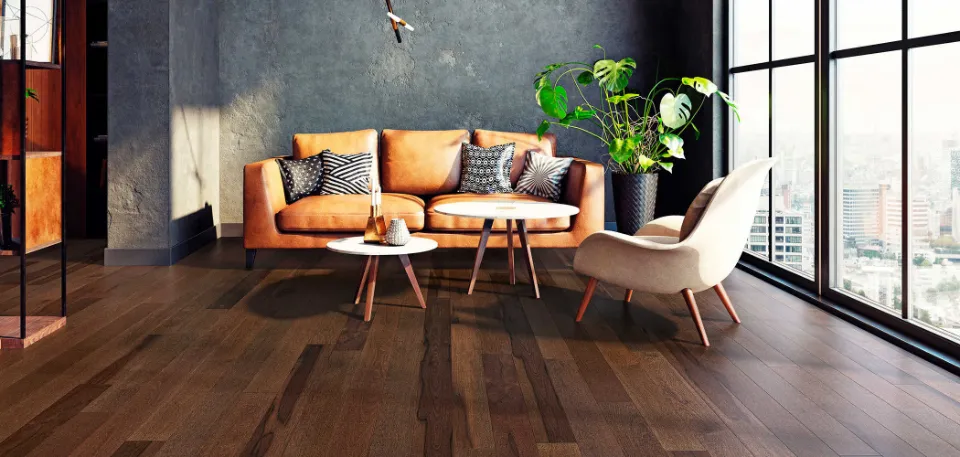
Cons of Engineered Wood Flooring
Here are cons of Engineered Wood Flooring:
Limited Resurfacing
Because of the veneer layer, an engineered hardwood floor can only be sanded and refinished a few times—and sometimes only once—before the hardwood erodes to reveal the core layers. How many times you can resurface is dependent on the thickness of the veneer layer. Compared to a 1/16-inch layer, a 1/6-inch layer will hold up better over time.
High Level of Maintenance
Similar to solid wood floors, engineered wood floors require active maintenance to maintain their quality because the top layer is made of hardwood. Wood floors frequently experience fading, scratches, and dents, but these problems can be lessened or avoided by taking the right safety measures.
Potentially Weak
Engineered hardwood flooring comes in a wide variety, and some producers will construct their floors from flimsy, weak materials that are very inexpensive. It might look good on the surface but end up being very weak and unstable after just a short time. Do your research when buying engineered hardwood flooring to ensure you are buying from a high-quality manufacturer.
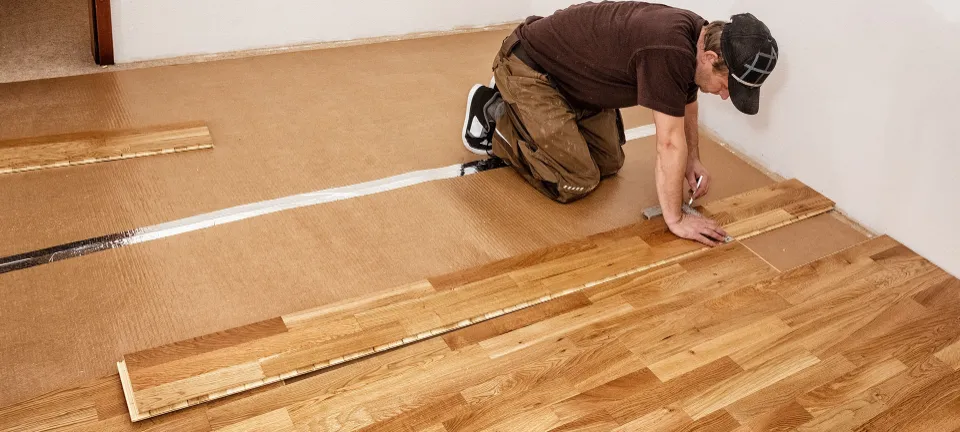
Fading
Another drawback that engineered hardwood shares with regular hardwood flooring is this one. If exposed to UV rays for an extended period of time, the wood will fade and become unusable. Thankfully you can minimise the risk of fading buy keeping your curtains/ blinds closed or using some rugs to cover more vulnerable areas.
Low Quality
Some flooring manufacturers might use inexpensive materials in their products to save time and money, resulting in floors with weak structural integrity. Before choosing a manufacturer, be sure to do your homework.
Installation
Engineered flooring is quite easy to install and DIY-friendly. Most engineered floors can be installed as “floating floors.” Instead of being nailed or glued down, this method involves fitting individual planks together like a puzzle over an existing subfloor. It may be possible to install your engineered floor—and possibly even the baseboards—within a day, depending on the size of the room, if you purchase prefinished planks and have the subfloor ready beforehand.
The installation process can become much more complicated if you choose to glue down your floor, are covering a large space within a limited timeframe or are finishing your floors yourself. Give yourself anywhere between three days and a week to complete the installation; if you want the process to go more quickly, think about hiring a pro.
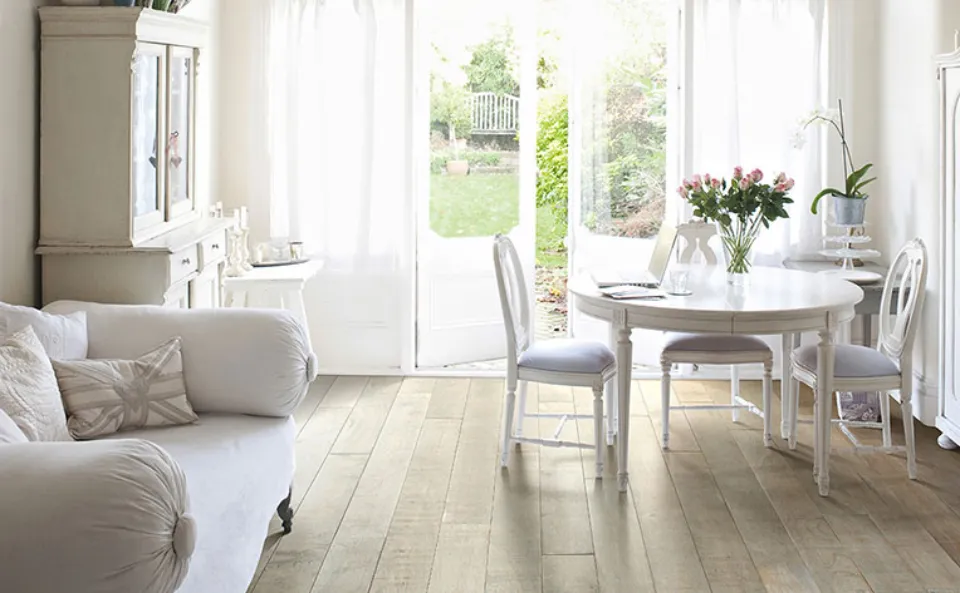
Top Brands
The United States, China, Canada, Norway, and Sweden are just a few of the countries that have businesses that produce engineered wood flooring. At least one business will probably be able to meet your requirements, depending on what you’re looking for in terms of wood type, style, cost, and environmental friendliness.
Some well-known, high-quality brands include Mohawk, Kährs, Harris Wood, Anderson Tuftex, and Bruce, though we advise comparing manufacturers to find one that best suits your needs.
Read about
- Best Engineered Wood Flooring
- Engineered Hardwood Vs. Vinyl Plank Flooring
- Laminate Flooring Vs. Engineered Hardwood Flooring
Is Engineered Hardwood Flooring Or Solid Hardwood Better?
Like traditional solid hardwood flooring, engineered wood has a majority of the same drawbacks. The main issue with engineered hardwood is that it cannot be refinished often. It all depends on your preferences, your budget, and the functionality of the space you are laying the floor in.
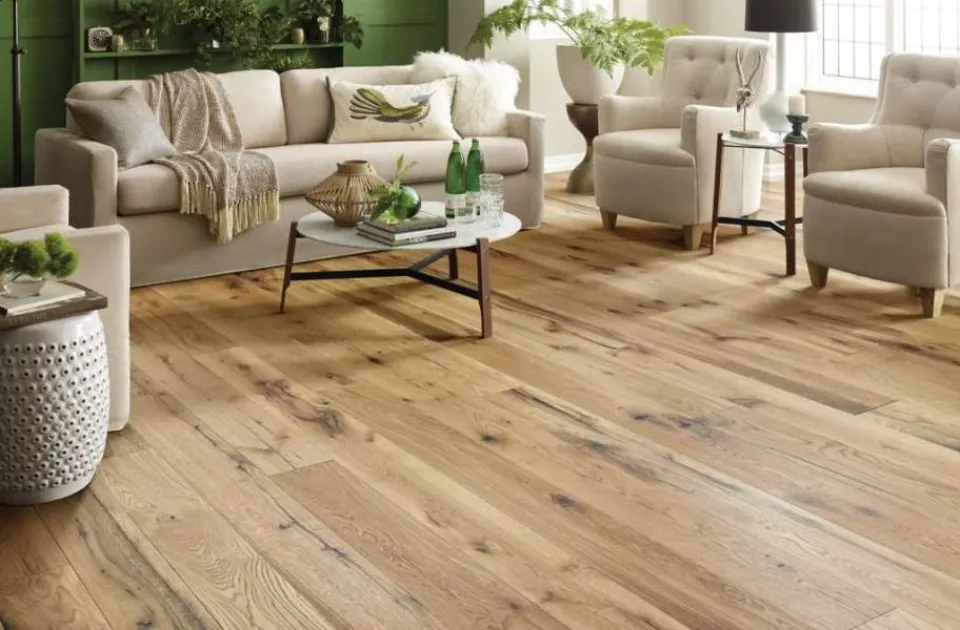
FAQs
Are Engineered Hardwood Floors Worth It?
A prefinished, engineered hardwood floor has a very durable, long-lasting finish. The durability of your floor is increased by the fact that finishes applied by the manufacturer typically last years longer than finishes applied by an installer. This implies that the floor won’t require refinishing for many more years.
Do Engineered Wood Floors Look Cheap?
Engineered wood floors are “fake” and “cheap” compared to solid wood floors. This may be true for some of the extremely affordable engineered floors. However, a high-quality engineered floor will feel and look exactly like a high-quality solid hardwood floor.
How Long Will An Engineered Wood Floor Last?
Thanks to the composition of engineered flooring, which consists of multiple core pieces of plywood, HDF, or softwood, topped off with a beautiful layer of hardwood, it means that engineered flooring can last for up to 30 years in the right conditions.
Can You Tell the Difference Between Hardwood and Engineered Wood?
Engineered wood flooring planks are typically thinner than hardwood flooring planks, at about 3/8- to 9/16 inches thick. However, it’s typically sold in much wider planks, up to seven inches wide, with lengths ranging from 12 to 60 inches.
The Verdict: Pros and Cons of Engineered Hardwood Flooring
So, what is the final verdict on engineered hardwood flooring? It goes without saying that there are some drawbacks, but many of them also apply to conventional hardwood flooring.
Making the switch to engineered hardwood flooring is therefore not really worse for you. You can get the same stylish and timeless look but often for a cheaper price. You can have a lovely floor you can enjoy for years to come as long as you make sure you are purchasing your engineered flooring from a high-quality manufacturer and take the time to ensure it is properly maintained.
If you have any questions, please leave a comment. My Prime Home tries to give you the best home improvement information. Don’t forget to share the post. Thank you for reading.
